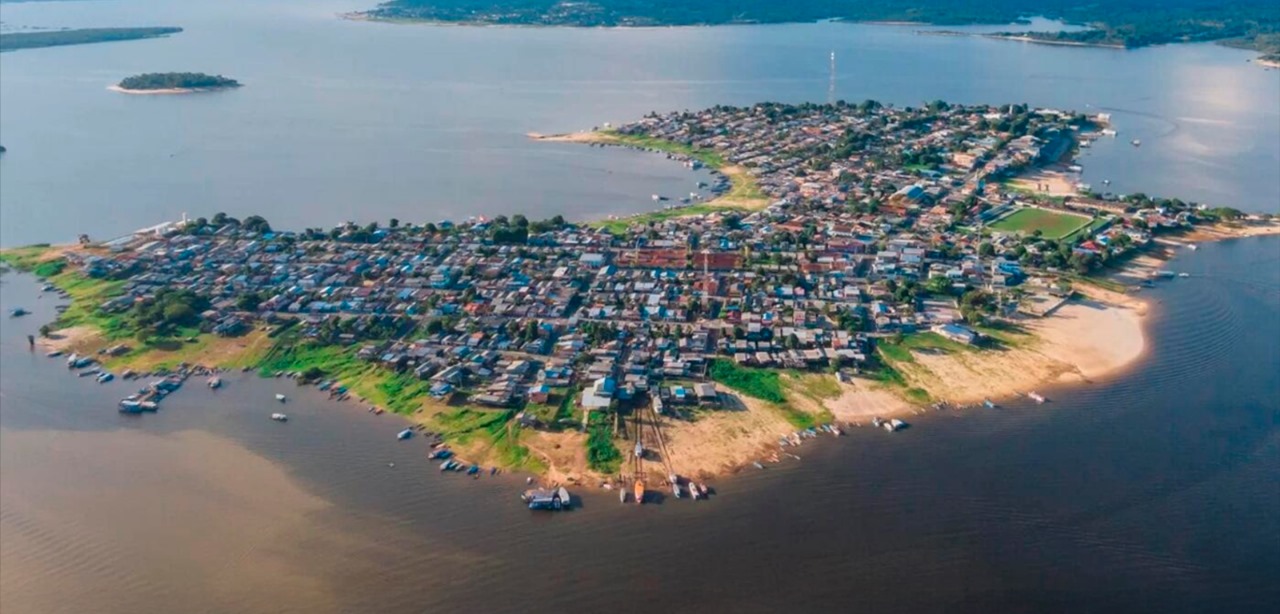Indigenous peoples report health care neglect in city in Amazonas and demand action
27 de June de 2025

By Lucas Thiago – From Cenarium
MANAUS (AM) – Indigenous leaders from Nhamundá (AM), located 382 kilometers from Manaus, have sent a document to the Ministries of Health and Indigenous Peoples, as well as to representatives of organizations of Indigenous peoples, reporting the poor conditions of health services provided to the community by the Indigenous Health Center (Casa de Saúde Indígena – Casai) in the interior of Amazonas. In the official letter, they state that “the described situation is unacceptable and violates the rights of Indigenous peoples to dignified and efficient health care.”
The report points out that Casai Nhamundá has two non-functioning vehicles, which prevents the transportation of patients to health care facilities, with reports of sick individuals being exposed to the sun during travel. The document, addressed to ministers Alexandre Padilha and Sônia Guajajara, and to the Secretary of Indigenous Health Ricardo Nascimento, also states that the transportation costs are being borne by residents.
“Casai Nhamundá has two official vehicles — a $10 and an L200 — which are currently out of service, making it impossible to transport patients to hospitals and health centers. Patients, including children, are forced to travel by motorcycle taxi, under poor conditions and exposed to intense sunlight, covering the cost of transport themselves,” the document stated. See excerpt:

The letter further emphasizes that patients are going to the support house “on their own” and that staff members in the municipality have resorted to using personal vehicles “to meet Casai’s needs, which caused issues when the owner needed the car for personal use.” The irregularities were observed during a visit on June 5 of this year by representatives of associations and the village chief Francisco Wanawa.
“Patients are discharged and return by riverboat on their own to their village of origin. The nurse in charge of Casai Nhamundá, Ms. Vânia, used a borrowed private vehicle to meet Casai’s demands, which led to issues when the owner needed the vehicle for personal use. Another case involved the Casai driver, who also had to use his own car to make up for the lack of an official vehicle,” says another excerpt from the document. See below:

Requests
In the document, the leaders request: immediate restoration of Casai Nhamundá’s transport services through the provision of official vehicles and river transportation tickets or the hiring of emergency alternatives; improved transparency and communication between local technical staff (RTs), the coordination of the DSEI Parintins, and Indigenous leaders to avoid recurring issues; and the supply of medications and hygiene materials for the facility.
The representatives also ask for Indigenous leadership in managing health care structures, such as the Special Indigenous Health District (DSEI) in Parintins (AM), which is currently led by the Indigenous Sateré Mawé Messias Pereira Batista Júnior. They also report that Indigenous health care “in the Lower Amazon region faces serious challenges, including the potential non-renewal of contracts with vehicle suppliers.”
CENARIUM requested comments from the Ministries of Health and Indigenous Peoples regarding the complaints made by the Indigenous leaders about health care in the interior of Amazonas and is awaiting a response.

